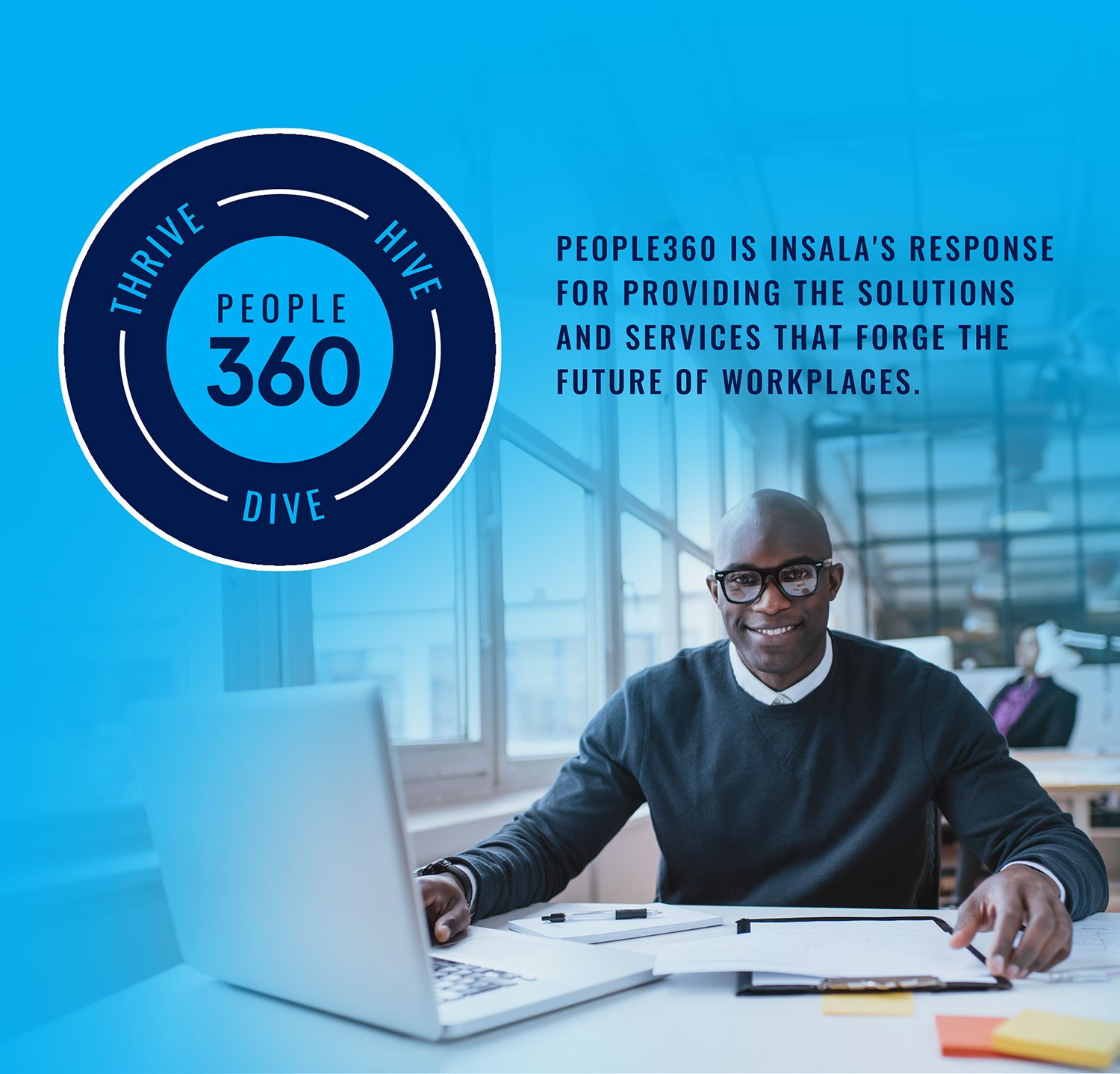Reverse Mentoring Explained: Rise and What Makes It So Popular
Reverse Mentoring Explained: Rise and What Makes It So Popular Where diversity of thought is embraced, a new mentoring paradigm has emerged: reverse mentoring. Once ...
Read more
Where diversity of thought is embraced, a new mentoring paradigm has emerged: reverse mentoring. Once considered unconventional, reverse mentoring has gained traction in recent years, captivating the attention of organizations eager to harness the power of cross-generational collaboration and knowledge exchange.
More and more corporations are embracing new technology and ways of thought. Many experienced managers have been working hard in their jobs for years. While new college graduates and new hires are being trained in new technologies and positions of the future. Revese mentoring can leverage the knowledge of new workers to teach experienced managers new software, practices and techniques.
In this article, we delve into the concept of reverse mentoring, exploring its origins, principles, and why it's becoming increasingly popular in today's fast-paced business environment.
Understanding Reverse Mentoring
Reverse mentoring flips the traditional mentoring dynamic on its head by pairing younger or less experienced employees (mentors) with more senior or experienced colleagues (mentees). Unlike traditional mentoring, where the mentor typically holds more experience and expertise, reverse mentoring recognizes that valuable insights and perspectives can flow in both directions, regardless of age or tenure.
In reverse mentoring relationships, mentees have the opportunity to learn from the fresh perspectives, technological savvy, and cultural insights of their mentors, while mentors gain exposure to the wisdom, experience, and institutional knowledge of their mentees.
Origins of Reverse Mentoring
Although the concept of reverse mentoring has gained popularity in recent years, its roots can be traced back several decades. One of the earliest documented instances of reverse mentoring occurred at General Electric in the late 1990s, when then-CEO Jack Welch implemented a program pairing younger employees with senior executives to help them navigate the rapidly changing landscape of technology and the internet. Since then, reverse mentoring has evolved and expanded beyond the realm of technology, finding applications in various industries and sectors as organizations recognize its potential to drive innovation, foster collaboration, and bridge generational divides.
Why Reverse Mentoring is Gaining Momentum
So, why is reverse mentoring gaining traction in today's business world? There are several key factors contributing to its popularity:
Promotion of Diversity and Inclusion: Reverse mentoring promotes diversity and inclusion by providing a platform for employees of different ages, backgrounds, and experiences to come together, share perspectives, and learn from one another. By valuing the contributions of all employees, regardless of age or tenure, organizations create a culture of inclusivity and belonging where everyone feels valued and respected.
Fostering Innovation and Creativity: Reverse mentoring fosters innovation and creativity by bringing together individuals with diverse perspectives and experiences. Younger employees often bring fresh ideas, technological expertise, and a deep understanding of emerging trends, while more experienced employees offer wisdom, institutional knowledge, and strategic insights. By facilitating cross-generational collaboration, reverse mentoring sparks creativity, drives innovation, and helps organizations stay ahead of the curve in a rapidly evolving marketplace.
Closing the Skills Gap: In today's digital age, technology is evolving at a rapid pace, and organizations must adapt quickly to stay competitive. Reverse mentoring provides a powerful solution for closing the skills gap by enabling older employees to learn from their younger counterparts' technological expertise, digital fluency, and proficiency with emerging tools and platforms. By embracing reverse mentoring, organizations can equip their employees with the skills and knowledge they need to thrive in a digital-first world.
Building Stronger Relationships and Networks: Reverse mentoring strengthens relationships and networks within the organization by fostering meaningful connections across generations. Mentors and mentees develop mutual respect, trust, and camaraderie as they collaborate, share insights, and learn from one another. These relationships extend beyond the mentoring relationship, creating a more cohesive and connected workplace culture where employees feel supported, empowered, and invested in one another's success.
Reverse mentoring represents a paradigm shift in the way organizations approach mentorship and professional development. By recognizing the value of cross-generational collaboration, embracing diversity and inclusion, and fostering a culture of continuous learning and innovation, organizations can harness the full potential of reverse mentoring to drive positive change, fuel growth, and position themselves for success in an increasingly complex and interconnected world.
As the popularity of reverse mentoring continues to grow, forward-thinking organizations like Insala stand poised to unlock new opportunities, inspire creativity, and thrive in the face of disruption.

Reverse Mentoring Explained: Rise and What Makes It So Popular Where diversity of thought is embraced, a new mentoring paradigm has emerged: reverse mentoring. Once ...
Read more
What is Corporate Mentoring? Every organizations has a need to continuously develop the skills and careers of their workforce. Corporate ...
Read more
The Benefits of Mentoring Software If you are considering using software to manage your mentoring program, you need to be clear on ...
Read more
Quick Tip: Keep Marketing To Your Staff During Your Employee Mentoring Program Most organizations believe that ...
Read more
Start A Professional Services Mentoring Program - Your 8-Step Plan
Read more

People360 is a pioneer and industry leader recognized by Global 1000 and Fortune 500 companies and associations internationally, for 27+ years as a leader in Career Management, Mentoring, Coaching, Career Transition, Alumni Software solutions and People Analytics.
© 2024 People360. All rights reserved. Privacy Policy